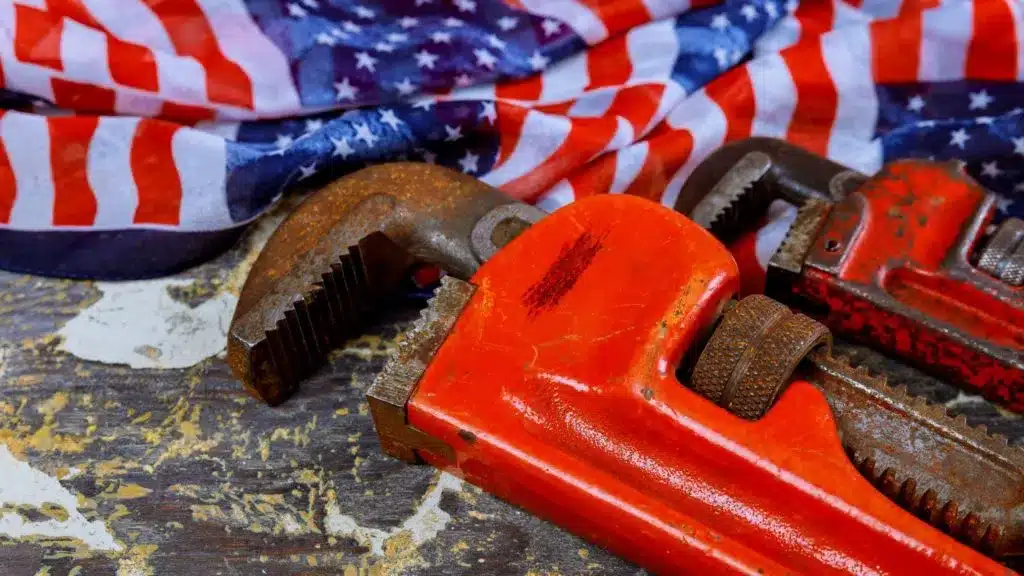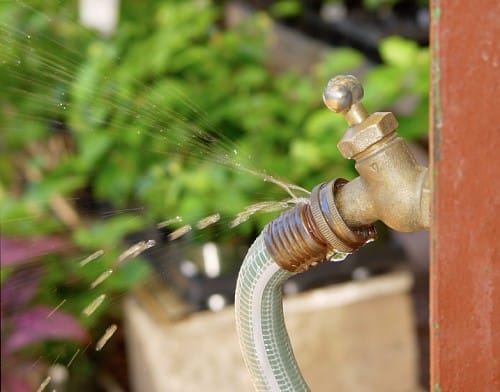
Understanding Re-piping
Taking care of your home’s plumbing system is crucial to maintaining its overall functionality and value. Over time, pipes can deteriorate, leading to various issues like leaks, low water pressure, discolored water, and strange noises. If you’re facing frequent repairs, residing in an older home, or planning a remodel, it might be the right time to consider re-piping your house. In this article, we’ll provide you with essential information about re-piping a house. We’ll cover the purpose of re-piping, signs indicating the need for re-piping, and a detailed look at what the re-piping process involves.
Re-piping involves replacing an outdated plumbing system with a newer and updated one. This is especially recommended for older homes with deteriorating pipes or significant plumbing issues, as well as during major home remodels.
Several signs may indicate that re-piping your home is necessary:
Outdated Pipes:
Older homes, especially those built over a century ago, might still have lead pipes. These can contaminate the water supply and pose health risks. Galvanized steel pipes, common in homes built before the 1960s (and sometimes even later), are susceptible to corrosion, leaks, and sediment buildup that can impact water quality.
Chronic Plumbing Issues:
If your pipes consistently experience leaks or other problems, continually repairing them can be costly. Re-piping your home provides a more cost-effective solution by addressing recurring plumbing issues and ensuring a new, durable system.

Home Remodeling:
When you’re remodeling your kitchen, or bathroom, or adding rooms to your home, it’s an ideal time to consider re-piping. This ensures that new plumbing fixtures integrate seamlessly with an updated and reliable plumbing system.
Before You Begin: Inspection and Estimation:
Re-piping your home is a substantial investment and renovation project. It’s crucial to consult a professional plumber who can inspect your current system and offer a comprehensive estimate for the required work.
Here’s an overview of what you can anticipate during the re-piping process:
Enabling Plumbers’ Access:
To access your old pipes, plumbers will cut holes in the drywall. Prior to their arrival, ensure your furniture is moved and valuable items are protected from potential dirt or damage. During specific renovation stages, your water service might experience temporary shut-offs as plumbers connect the new system to replace the old one.
Estimating Re-piping Duration:
The time needed for re-piping varies based on factors such as your home’s size, bathroom count, and the materials utilized. PEX installations typically demand less time than copper re-piping due to reduced demolition and labor hours. While completion times may differ, rest assured that water access will be restored every evening.
Securing Permits:
Similar to other significant renovations, re-piping generally requires a work permit. After planning and scheduling the initial work, make sure to obtain the necessary permit.
Inspections and Final Touches:
Following pipe installation, a thorough inspection ensures adherence to safety and code standards. Once the inspector gives the green light, My Georgia Plumber can refer you to a contractor that will repair your drywall.
The Benefits of Re-piping:
Opting for re-piping can substantially enhance your plumbing system’s efficiency and mitigate recurrent problems. If persistent plumbing issues or a potential remodel are on your mind, re-piping might be the ideal solution. For more information and to embark on the journey of re-piping your residence, contact us at My Georgia Plumber by dialing 770-592-0081. Our adept team is ready to deliver top-tier plumbing solutions for your home.













